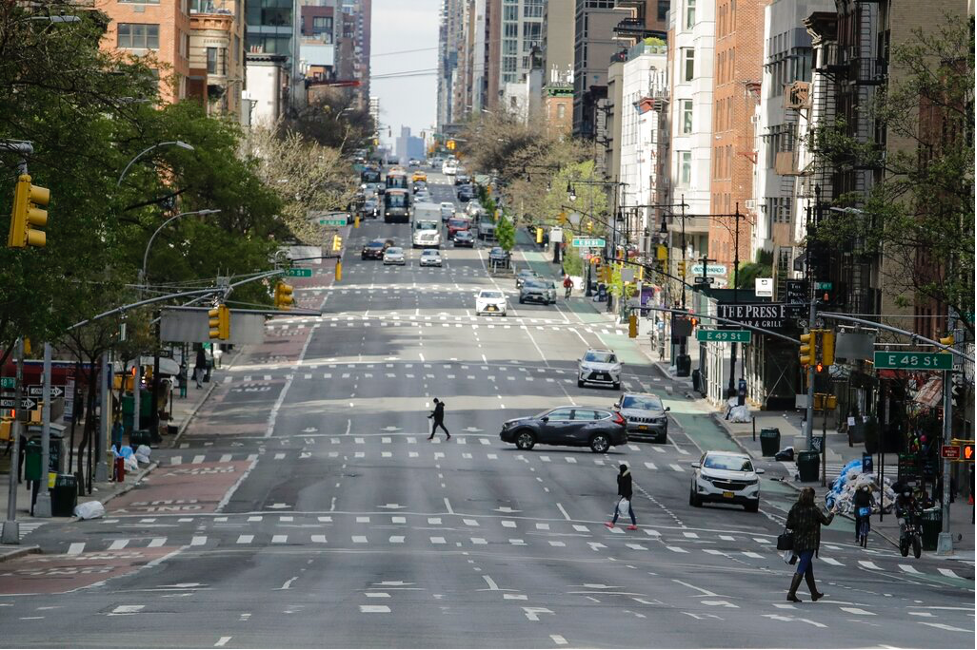
It’s time we go all in. With climate change in motion, and electric cars not being rolled out quickly enough, one must ask the question: What if we just got rid of cars entirely? We do not need to imagine how a city with fewer cars might benefit its inhabitants. Studies conducted on our most walkable communities have shown that they are more economically prosperous and can correlate with a better psychological well-being for their residents. Additional studies have shown that there is a positive correlation between living in a walkable community and lifespan, presumably because of increased physical activity. And, of course, there are the climate benefits. Cars currently make up close to 15 percent of U.S. carbon emissions, which at this point, is something we cannot afford to keep burning. American infrastructure has been built to favor the mighty automobile, but at what cost? We pollute more than most per capita, the suburbs have been proven to negatively affect those living in them, we have a higher rate of pedestrian deaths, and our highways contribute to racial and economic segregation. It does not make sense to continue like this. It’s time we move past the car.
While this is not something we can do in one fell swoop, there are a few places in the country that would act as great starting points for this project. New York City, Manhattan, in particular, has historically been the most walkable community in the U.S., with its building density allowing people to live a walking distance from most necessary places and its vast public transit system allowing New Yorkers to visit communities further from their immediate neighborhood. It is time to take the base provided by Manhattan and fully commit to going car-free. New York City is arguably the most culturally significant metropolis in the world, so the influence it could have by freeing its most central borough from the burden of cars would be huge.
Of course, immense planning would need to be conducted. Before going carless, we would need to expand the already robust transit system. Movement in this direction has already begun. Governor Kathy Hochul promised earlier this year to use old freight lines as a base for a new train line crossing from the Bronx to Queens, allowing more flexibility in transit routes and taking stress off of the train lines running through Manhattan. Moreover, there would need to be more quality-of-life changes to the subways, mainly cleaning and updating the stations, making them more accessible to disabled people, and adding platform-screen doors to the stations to eliminate the risk of falling on the tracks. Roads would still be kept in some capacity, but they would be narrower as there would be no need for street parking. Buses would still run through Manhattan and, looking at data from the pandemic era, will operate more smoothly without cars clogging up their routes. Additionally, bike lanes could be larger in order to provide greater ability for skaters and bikers to use their preferred modes of transportation.
This won’t be an easy task, but Manhattan (and possibly the rest of the boroughs in the future) have what it takes to get it done. The upsides are too large to ignore. More walking space, faster buses, subway improvements, more green spaces, etc. Entire streets can consist of a couple of protected bike lanes running through a green walking space. The climate crisis will force us to search for changes in our ways of life, and while change is scary, it just may push us to create much better societies.



